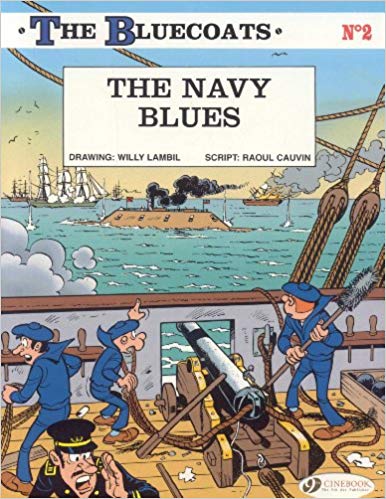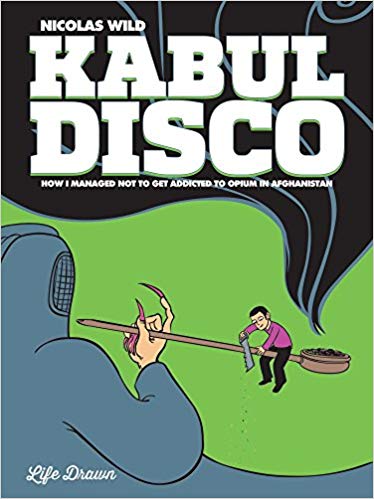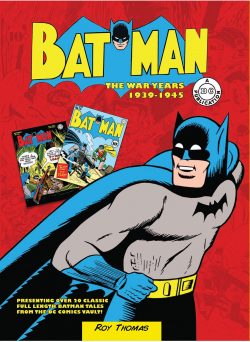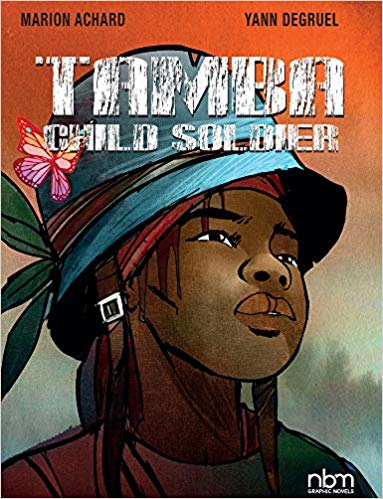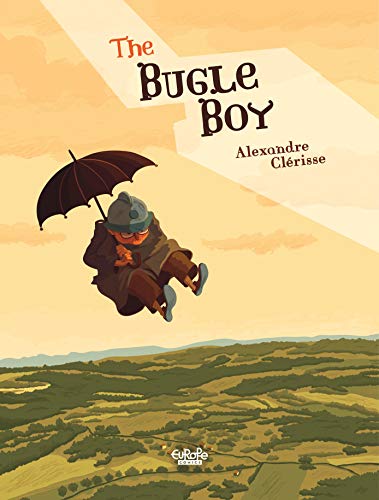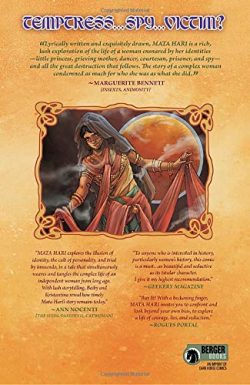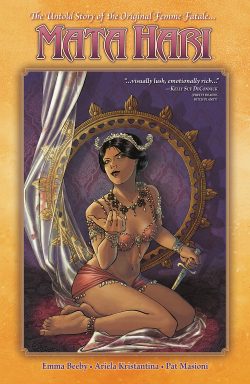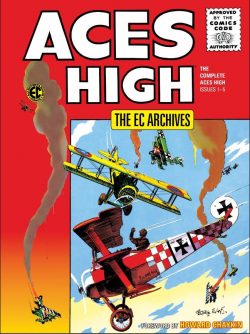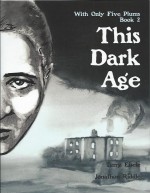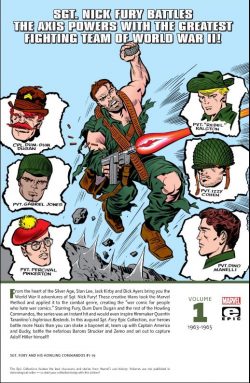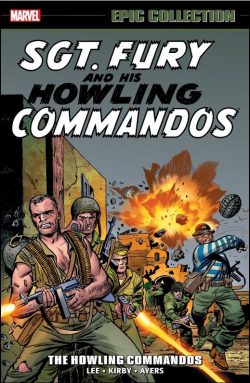
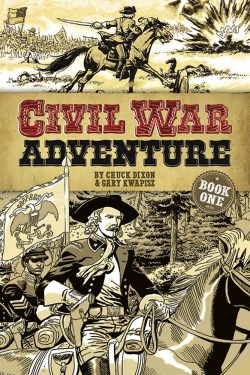
By Chuck Dixon & Gary Kwapisz with Esteve Polls, Enrique Villagran, Silvestre & Erik Burnham and various (Dover Comics & Graphic Novels)
ISBN: 978-0-48679-509-6 (TPB)
From its earliest inception, cartooning and graphic narrative has been used to inform. In newspapers, magazines and especially comic books the sheer impact of pictorial storytelling – with its ability to distil technical recreations of time, place and personage whilst creating deep emotional affinities to past or imagined events – has been used to forge unforgettable images and characters within us. When such stories affect the lives of generations of readers, the force they can apply in a commercial, social, political or especially educational arena is almost irresistible…
Thus, the compelling power of graphic narrative to efficiently, potently and evocatively disseminate vast amounts of information and seductively advocate complex issues with great conviction through layered levels has always been most effectively used in works with a political, social or historical component.
Comics have brought the past to life since they began. Superb examples of a broad view include such triumphs as Jack Jaxon’s Los Tejanos and Comanche Moon or Of Dust and Blood by Jim Berry & Val Mayerik, but the medium is equally adept in crafting more personal biographs such as Terry Eisele & Jonathon Riddle’s With Only Five Plums and others…
And that brings us to another superb re-release from Dover Comics & Graphic Novels (available in trade paperback and digital formats) designed to bring “The War Between the States†to life for younger readers.
Originally published by History Graphics Press in 2009 as Civil War Adventure 1: Real History Stories of the War that Divided America, this marvellous monochrome tome – crafted primarily by comics veterans Chuck Dixon and Gary Kwapisz – switches between actual historical events – with handy maps, diagrams and found writings – and a fictionalised thread of tales depicting how the conflict affected one poor Southern family.
The graphic re-enactments are preceded by a ‘Map of the United States’ detailing the division of the States in 1860 and a‘Civil War Timeline’ which marks key moments and battles (sensibly linking them directly to the stories which follow), after which ‘Choice of Targets’ by Dixon and Esteve Polls offers a text vignette explaining the development of snipers and sharpshooters.
That’s counterpointed by a pithy moment during the second day of the Battle of Gettysburg in 1863 when opposing marksmen find themselves in a life-or-death duel…
‘Berdan’s Sharpshooters’ is a short cartoon lesson on the inspired Union soldier who invented the concept of snipers, and is promptly followed by a chilling and heartrending incident of battlefield misfortune in Dixon & Kwapisz’s ‘Home Again’ plus an illustrated info-&-glossary page which reproduces an actual letter from a Confederate lad the night before he fell…
All-Kwapisz affair ‘Mosby Bags a General’ combines a potted history of the South’s most successful raider with a compelling strip revealing how bold Lieutenant John Mosby infiltrated far behind Union lines to capture 58 horses, thirty prisoners and their captain, plus sleeping General Stoughton, all in one night…
‘Tempered in Blood’ (Dixon & Kwapisz) then introduces the narrative strand as the modest Campbell clan are torn apart when, after heated family discussion, both father and first son Tybalt sneak off from the farm to enlist in the Spring of 1861. Each confidently assures themselves that all the shooting will all be over long before harvest as they unknowingly individually abandon Mrs. Campbell and the little sisters to link up with overconfident volunteers massing for what everybody believes will be one fast knockout blow…
After barely surviving the brutal training that turns hunters, croppers and ploughmen into real soldiers, the Southern heroes finally learn what warfare means at Bull Run…
More contemporary terms, facts and historical insight are offered in ‘The War is Joined!’ before ‘The Devil’s Due’(Kwapisz) delves into the atrocity of total warfare as a Bluecoat patrol diligently follows its bald orders to “turn the South into a wastelandâ€â€¦
A fact-feature page on ‘John Singleton Mosby’ leads to a feature on rising star and flamboyant self-aggrandiser George Armstrong Custer whose rash adventuring leads ‘The Boy General’ (Dixon & Enrique Villagran) into desperate straits against overwhelming rebel opposition… resulting in Custer’s First Stand…
Data pages on the devastating ‘Sharps Rifle’ and double-pronged naval blockade of the Mississippi River spins off into an account of the duel between ironclad vessels and the brilliant countermeasure devised by Colonel Charles Ellet in ‘Ram Squadron’ (Dixon & Silvestre), capped off by a Kwapisz segment detailing ‘Hell on the Mississippi’, as a Union flotilla horrifically fails to sneak past the naval guns established above Vicksburg…
‘Tempered in Blood II’ returns to the troubled Campbell Clan as Ty wakes in the bloody aftermath of battle to discover his best friend Seth has had enough and absconded. However, by the time he’s found and brought back Seth, Ty discovers his own father has similarly fled.
The elder is not running from bloody death but heading home to save his farm from ruin and family from fever, but that won’t make any difference if he’s picked up by ruthless and remorseless Confederate Picquets…
The tragic true tale of ‘Colonel Cocke’ and his unseemly death gives way to the ribald eccentricity of ‘Darnel Dingus is a…’ which reveals the insane and impecunious ends to which some States descended to ensure their manpower obligations were met. The tale is couched in the story of famous war artist Winslow Homer and a practical joking jackass who learns the hard way that war isn’t funny: appended by a grim examination of ‘The Ultimate Punishment’ for desertion under fire and other – even worse – infringements…
The strip section closes with a sobering and ironic tale of comeuppance in ‘The Letter’ (by Erik Burnham & Kwapisz) wherein a burned-out sawbones steals a missive from one of his less-lucky patients and chases a dream to a woman he’s fallen for based solely on her handwriting and prose…
Following one last Kwapisz-illustrated info page – on ‘Battle Field Surgery’ – this stunning introduction to the birth of modern warfare ends with a comparative list of ‘Further Reading’ and a moving notification of how to learn more in ‘If the Valley Was Lost’.
Similar in tone and style to the best of Harvey Kurtzman’s magnificent anti-war classics from Two-Fisted Tales and Frontline Combat, this is a rousing, evocative, potently instructive collection amalgamating history and horrific entertainment – and not a little grim wit and actual belly-laughs – to bring a pivotal time to vivid life.
© 2009 Chuck Dixon & Gary Kwapisz. All other material © 2015 its respective creators.

